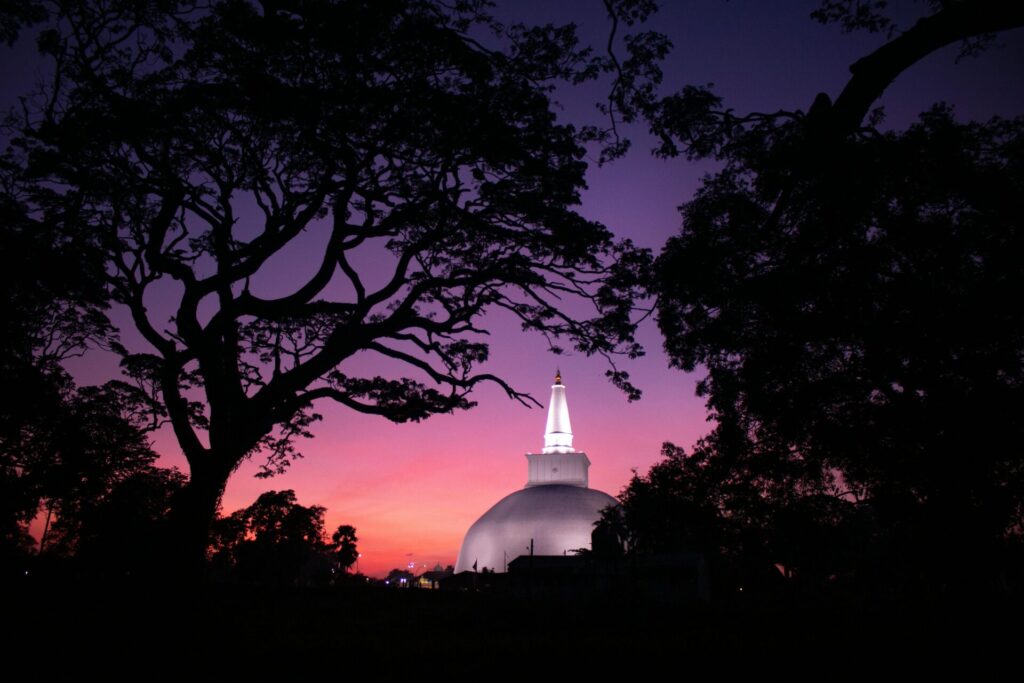More Info
About Polonnaruwa
The second capital of Sri Lanka after Anuradhapura and flourished between the 11th and 13th centuries. This well-preserved ancient city is famous for its majestic ruins, grand palaces, and impressive Buddhist statues, showcasing the architectural brilliance of Sri Lanka’s medieval period.
Top Attractions in Polonnaruwa
- The Royal Palace of King Parakramabahu – A massive seven-story palace complex, believed to have had 1,000 rooms, reflecting the grandeur of Polonnaruwa’s golden era.
- Gal Vihara (Rock Temple) – One of the most famous landmarks in Polonnaruwa, featuring four giant Buddha statues carved into granite, including a 14-meter-long reclining Buddha.
- Vatadage (Circular Relic House) – A beautifully preserved circular stupa believed to have housed the Sacred Tooth Relic of Buddha at one point.
- Rankoth Vehera – A massive 55-meter-high stupa, resembling Anuradhapura’s Ruwanwelisaya, built by King Nissanka Malla in the 12th century.
- Lankatilaka Temple – An ancient temple with towering brick walls and a giant standing Buddha statue, showcasing the artistic excellence of the time.
- Parakrama Samudraya (Sea of Parakrama) – A vast man-made reservoir built by King Parakramabahu I, demonstrating Sri Lanka’s advanced irrigation systems.
- Shiva Devalaya (Hindu Temples) – Polonnaruwa also has several well-preserved Hindu shrines, reflecting the Chola influence during its early history.
Best Time to Visit Polonnaruwa
- December to April – Ideal weather for sightseeing.
- June/July – The area gets lively during the Poson Festival.

